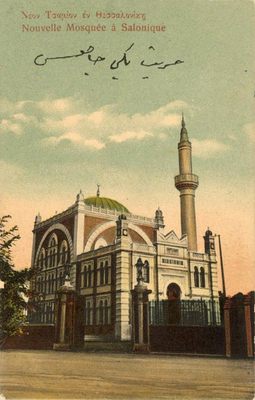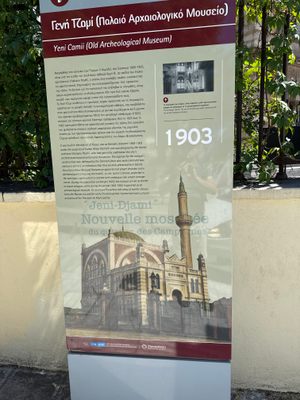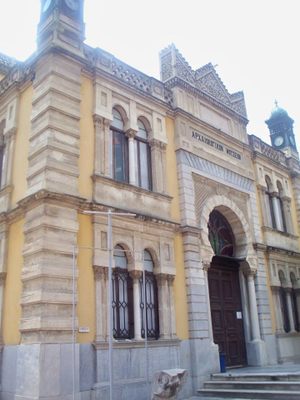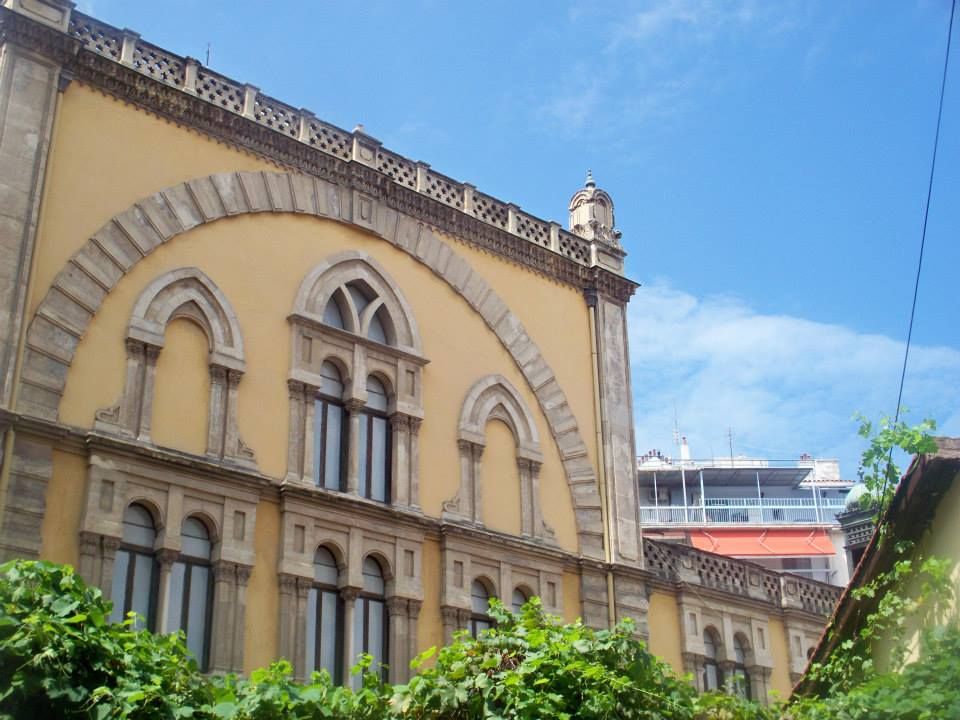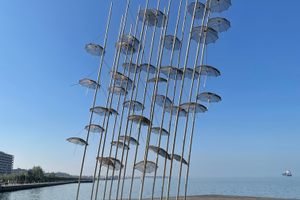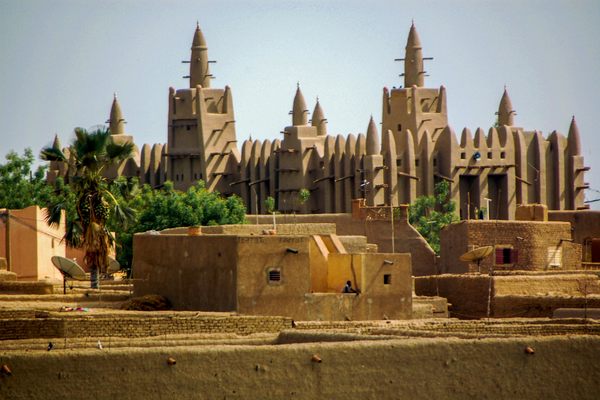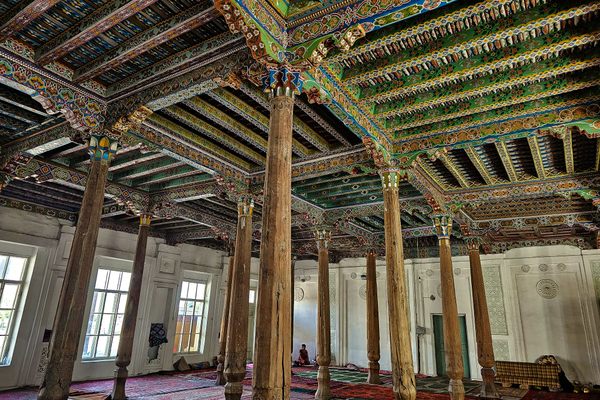About
Completed a mere decade before the city came under Greek rule, Yeni Camii was the last mosque built in Thessaloniki while it was still an Ottoman port. The "New Mosque" (as its name means in Turkish) was built for a particularly unique population within the variegated Ottoman Empire: the Dönmeh, publicly Islamic crypto-Jews whose ancestors had "converted" along with their messiah in the 17th century to avoid punishment by the sultan.
In the mid-17th century a Sephardic rabbi in Smyrna named Sabbatai Zevi claimed to be the Jewish messiah, and in the process gained many Jewish followers in the Ottoman Empire. In the year 1666 Sultan Mehmed IV, troubled by Zevi's increasingly popular Sabbatean movement, ordered his arrest. Zevi was given the choice of either becoming Muslim or being executed. The admirably pragmatic messiah embraced Islam, and in doing so was joined by a surprisingly devoted core of followers, who were called Dönmeh, which translates to "converts."
The Dönmeh of Thessaloniki were a closed, publicly Muslim community which appears to have discretely preserved some of its Jewish customs and beliefs. They were shunned by the other Jews who considered them apostates and by Muslims who did not see them as pious enough. They managed to become a powerful ethnic group in Thessaloniki both economically and politically.
When they decided to build a mosque for their community in 1902, they chose the architect Vitaliano Poselli, a Sicilian trained in Istanbul who had built many secular and religious buildings of various religious communities at the time. The "New Mosque" was built in an eclectic style that reflects the wide range of influences on not only the architect, but also the Dönmeh community as well as the Ottoman Empire as a whole.
Unfortunately, the Yeni Camii would be used for its intended purpose for only a short period. After the Greco-Turkish war of 1919-22 and the Treaty of Lausanne, the Dönmeh along with the other Muslims living in Greece were "exchanged" with Christians in Turkey (i.e., Greece and Turkey made an agreement to take in each other's religious refugees resulting from the terms of the treaty). Its minaret — like most minarets in Thessaloniki — was subsequently demolished. Christian refugees from Asia Minor lived inside the Yeni Camii in 1924, after which time it became the archaeological museum of Thessaloniki. It is presently a cultural and exhibition center, featuring (among other things) a collection of marble sculptures from the Roman and early Christian eras.
Related Tags
Community Contributors
Added By
Published
January 11, 2016


